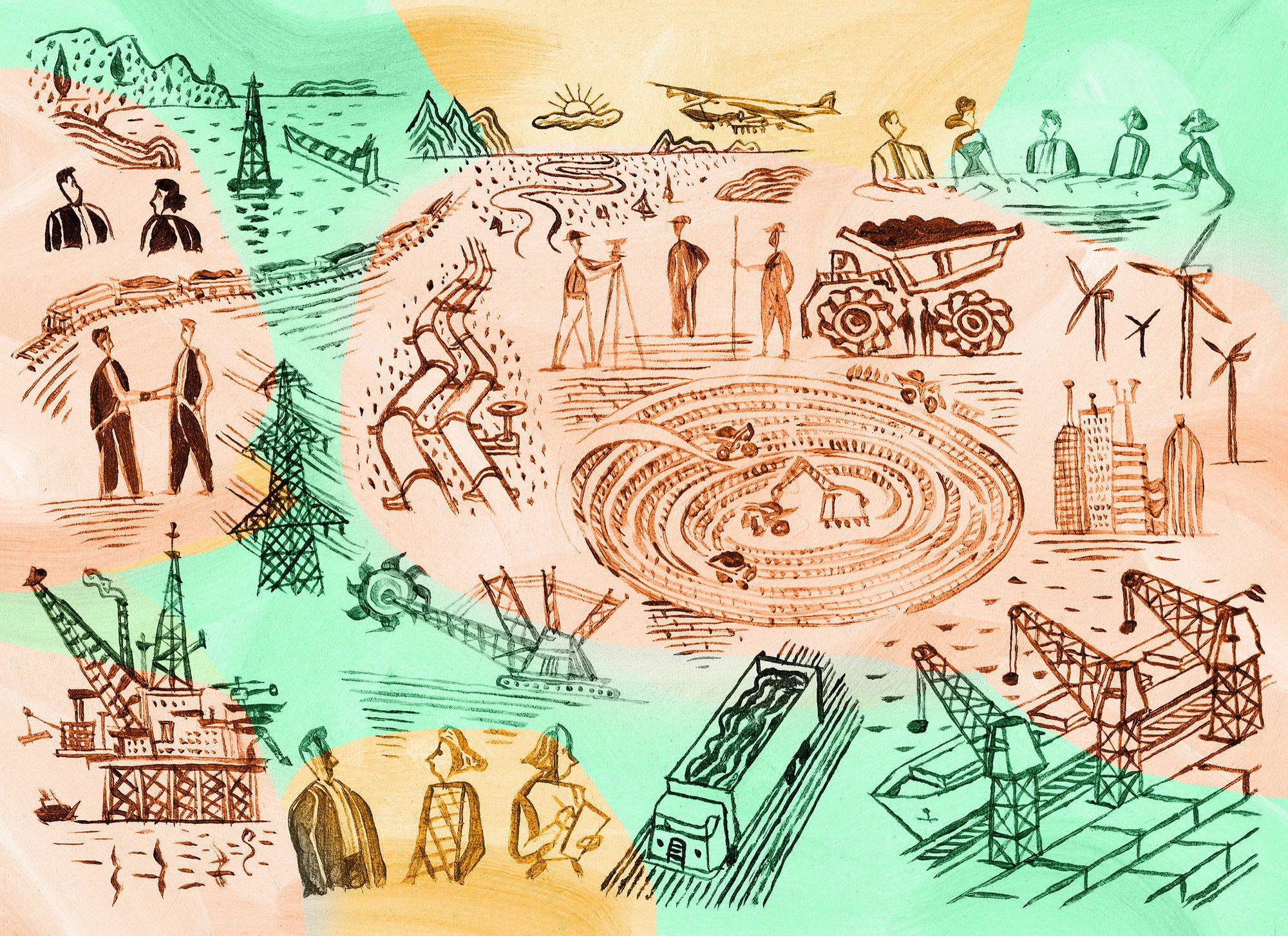Mining regions can play an essential role in meeting climate goals and in accelerating the recovery from the COVID-19 crisis. Global environmental agendas have recognised the relevance of the mining sector to accelerate the transition to a low-carbon economy. Particularly, European Union (EU) priorities, driven by the Green Deal and the new Industrial Strategy, have made the environmental sustainability of mining extraction and transformation a priority to achieve the EU’s climate neutrality goal by 2050. While mining is a global industry, its geographic concentration is a critical factor in the design of policies for sustainable economic development. Promoting environmentally sustainable regional mining value chains can provide new business opportunities for local firms and high-value-added jobs for local communities, while advancing in meeting the climate goals.
Andalusia is a European region that can leverage the increasing global and EU demand for sustainable raw materials and thus become a frontrunner in leading technologies and circular processes for environmentally sustainable mining. Andalusia is the largest mining producer in Spain, the second-largest copper producer in the EU and a leader in marble and gypsum production. The region hosts companies and activities at almost all stages of the mining value chain, from extraction to services and processing activities. Andalusia benefits from two distinct mining subsectors, each with a rich network of suppliers that are relevant for local development: the metallic mining sector (e.g. copper and zinc), which accounts for most of the regional mining production, and the non-metallic sector (ornamental rocks, aggregates and industrial minerals), which is highly dispersed across the territory.
The region has the potential to further mobilise the assets of its mining ecosystem to attract investment and open new sources of growth while meeting EU climate goals. These assets include attractive geology, a strategic geographic location among EU and non-EU markets, good infrastructure and benefits from the proximity of mines to urban centres (e.g access to services). Furthermore, the region enjoys a mining identity with a young workforce that offers community support for mining ventures.
Yet, the region must overcome existing bottlenecks to fully leverage the potential of its mining ecosystem, while reducing its income gaps with respect to the national average. These include a low innovation intensity with insufficient linkages among firms within the regional mining value chain, a large share of small- and medium-sized enterprises (SMEs) and entrepreneurs in low-value-added activities and a complex and unpredictable regional administrative process for mining operations that relies on an outdated national regulation.
This study identifies how Andalusia can build on its strengths and address current and future challenges to become an EU frontrunner on sustainable mining while accelerating regional growth and productivity. To this end, developing a national mining strategy can be instrumental to unlock synergies across Spanish mining regions and assist the EU’s climate goals. Furthermore, Andalusia’s updating of the regional mining strategy represents a key tool to create the conditions for innovative projects across the mining value chain and increase its attractiveness for innovative firms and skilled workers.
This study is part of the OECD Mining Regions and Cities Initiative, which supports countries in implementing better regional development policies in a mining and extractive context.
